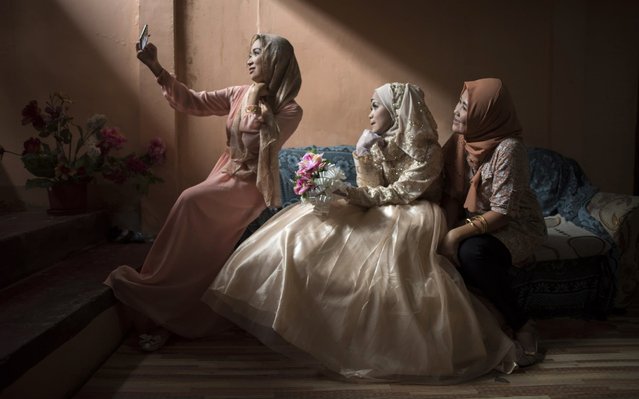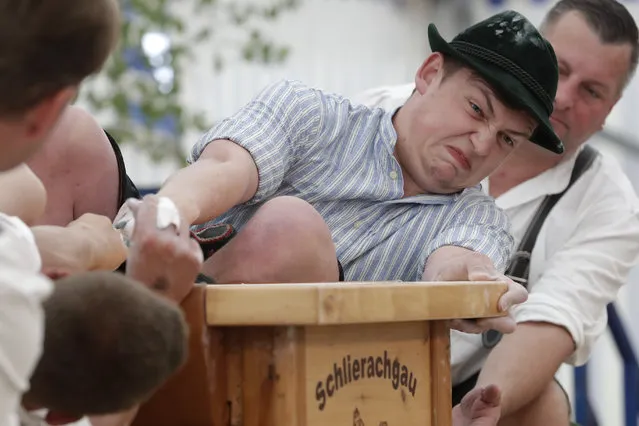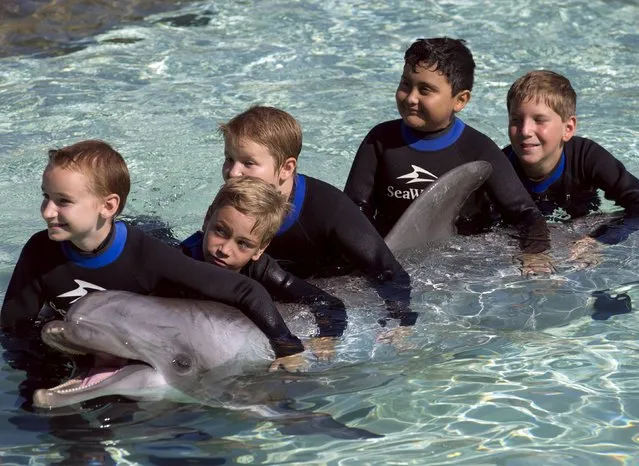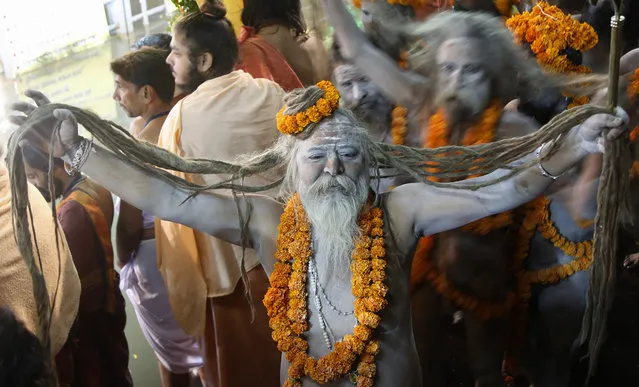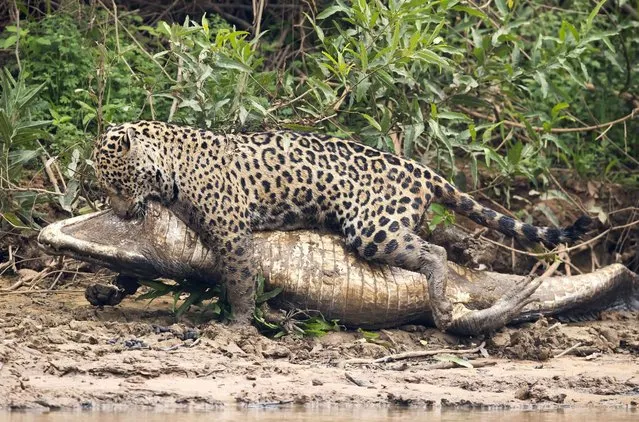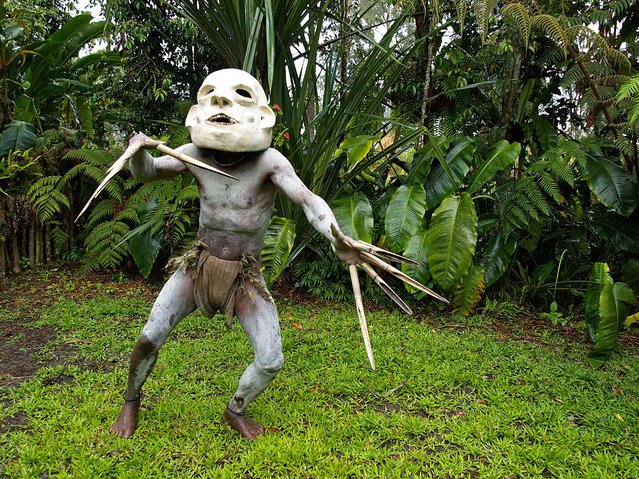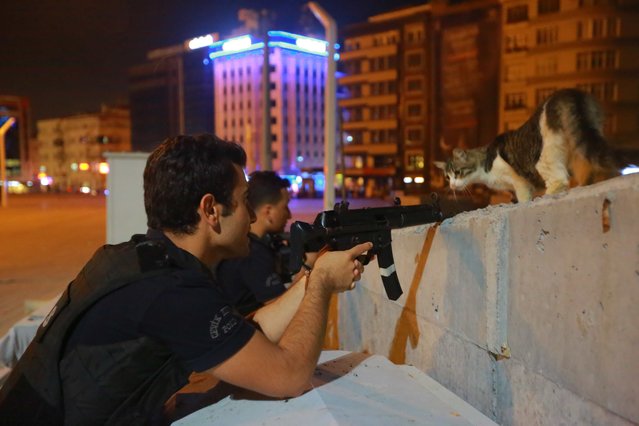
A policeman aims his weapon in Istanbul, Turkey July 16, 2016. Members of Turkey's armed forces said they had taken control of the country Friday as explosions, gunfire and a reported air battle between loyalist forces and coup supporters erupted in the capital. President Erdogan remained defiant and called on people to take to the streets to show support for his embattled government. (Photo by Kemal Aslan/Reuters)
16 Jul 2016 08:54:00,post received
0 comments

